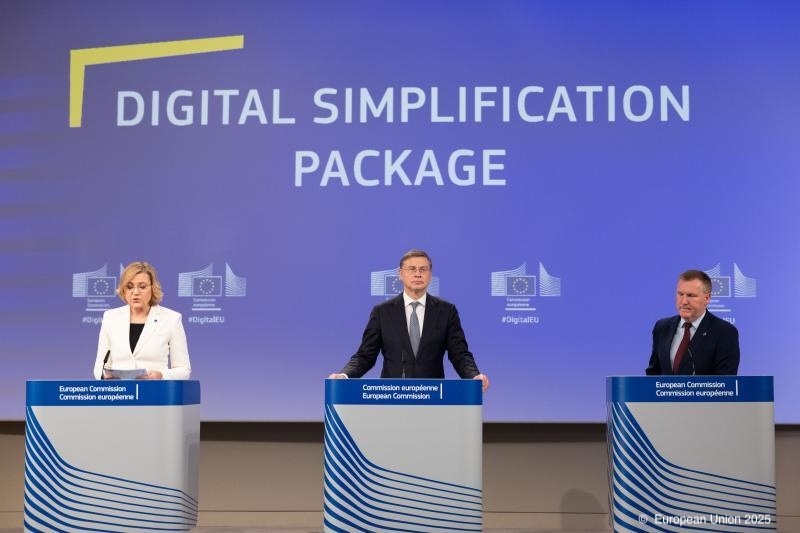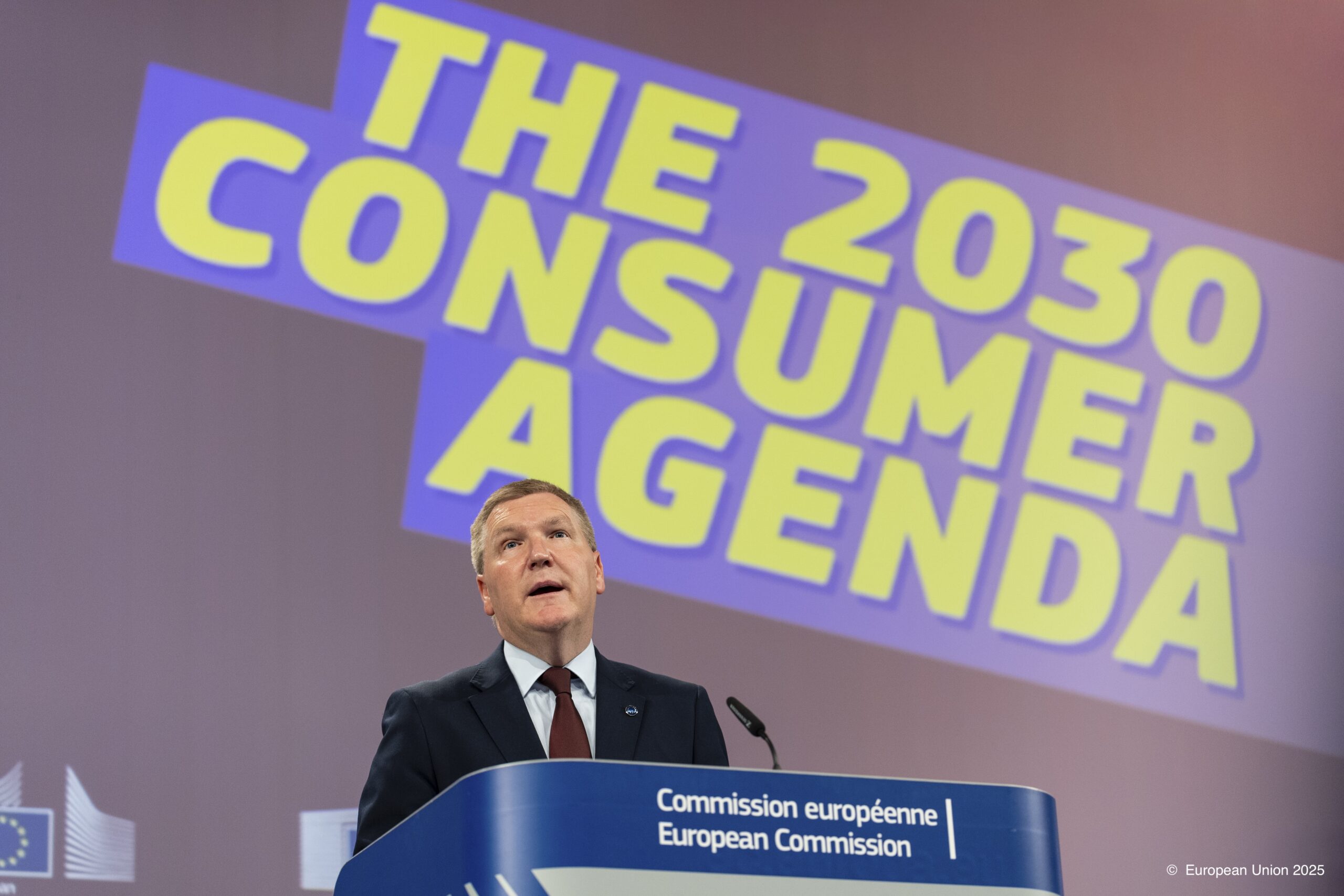Catherine Connolly, an independent TD and former Leas-Cheann Comhairle, was elected as Ireland’s 10th President on 24 October with approximately 63.4% of valid first-preference votes. Voter turnout was around 45.8%, one of the lowest in recent decades, while spoiled or invalid ballots totalled roughly 213,738, about 12.9% of votes cast.
This presidential election marked the culmination of a campaign defined more by tone and turnout than by controversy. The presidency remains one of the country’s most respected institutions, largely ceremonial yet symbolically powerful, representing the Irish people at home and abroad. This election took place against a backdrop of shifting public expectations, global uncertainty, and renewed debate about Ireland’s place in a changing Europe. Voter participation was subdued, and a strikingly high number of spoiled ballots suggested a wider unease with the political status quo.
Election Results & Voter Behaviour
Connolly’s victory was decisive; her nearest rival, Heather Humphreys of Fine Gael, receiving just under 30% of valid votes. Yet, the number of spoiled ballots has drawn significant comment. Reports from count centres indicated that many ballots were intentionally invalidated, some bearing messages or names of non-candidates. Analysts suggest that, taken together with the low turnout, this points to a degree of disengagement or disillusionment rather than administrative error.
Significance of the Spoiled-Vote Pattern
The level of spoiled votes, nearly 13% of all ballots cast, is unprecedented in a modern Irish election. While not directed at any one candidate, the figure reflects a degree of voter frustration with the limited choice on offer and with the perceived distance between politics and the public. Reports from count centres indicated that many ballots were deliberately invalidated, often marked with messages or names of non-candidates, suggesting a conscious form of protest rather than disengagement.
Compared with the 1.2% spoil rate in 2018, this represents a sharp rise and a signal of dissatisfaction rather than apathy. Analysts note that the scale of invalid votes highlights a broader challenge for Ireland’s democracy: maintaining voter confidence and participation in a political system that remains stable but increasingly questioned.
Presidency in the Security & Defence Context
Although the presidency holds limited executive authority, the president is head of state and constitutionally designated Commander-in-Chief of the Defence Forces. The position therefore carries symbolic weight in matters of national identity and security policy. Ms Connolly has previously expressed strong support for Ireland’s long-standing policy of military neutrality, arguing that Ireland’s security should be rooted in diplomacy, humanitarian engagement, and multilateral cooperation.
Across Europe, Member States have expanded cooperation in response to new security challenges, including the war in Ukraine, cyberattacks, and threats to maritime and energy infrastructure. These developments have prompted reflection in traditionally non-aligned countries such as Ireland, Austria, and Malta about how best to contribute to collective European resilience. Ms Connolly’s presidency is expected to maintain Ireland’s neutral position while continuing to engage in areas such as crisis management, humanitarian aid, and peacekeeping.
Conclusion
The 2025 presidential election delivered both clarity and commentary: a clear victory for Catherine Connolly, and a message from many voters about representation and trust. Connolly’s presidency will begin on 11 November 2025 amid wider European discussion on neutrality, security, and democratic engagement. How these conversations evolve may define not only the tone of her term, but also Ireland’s image within a rapidly changing European security landscape.

